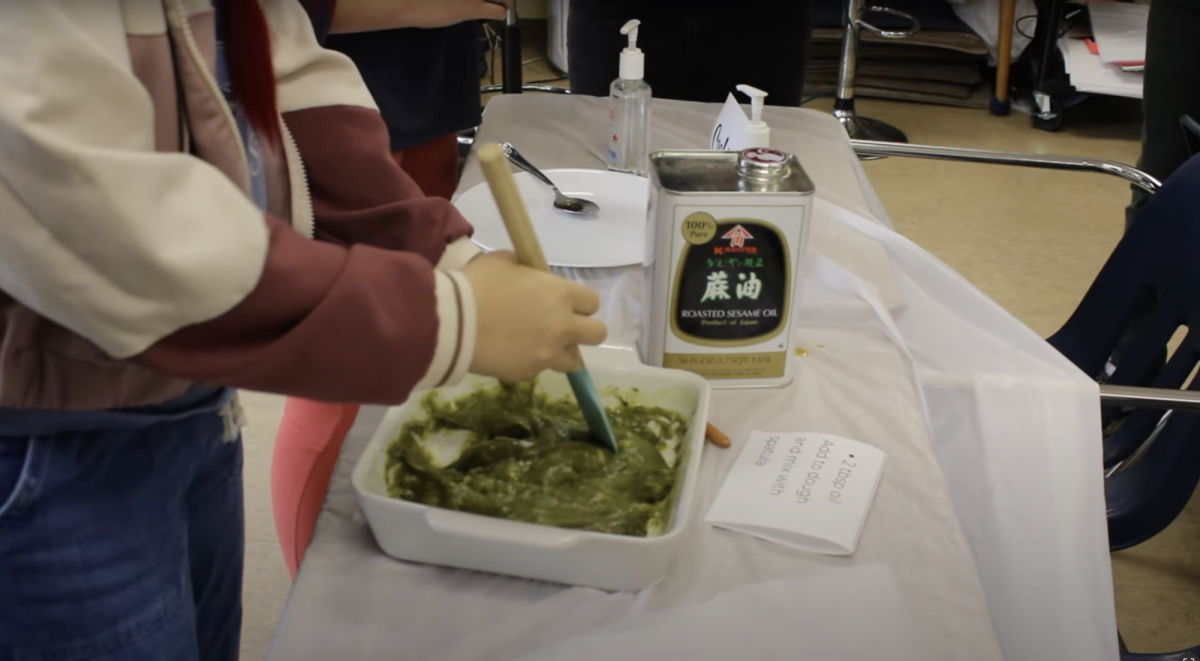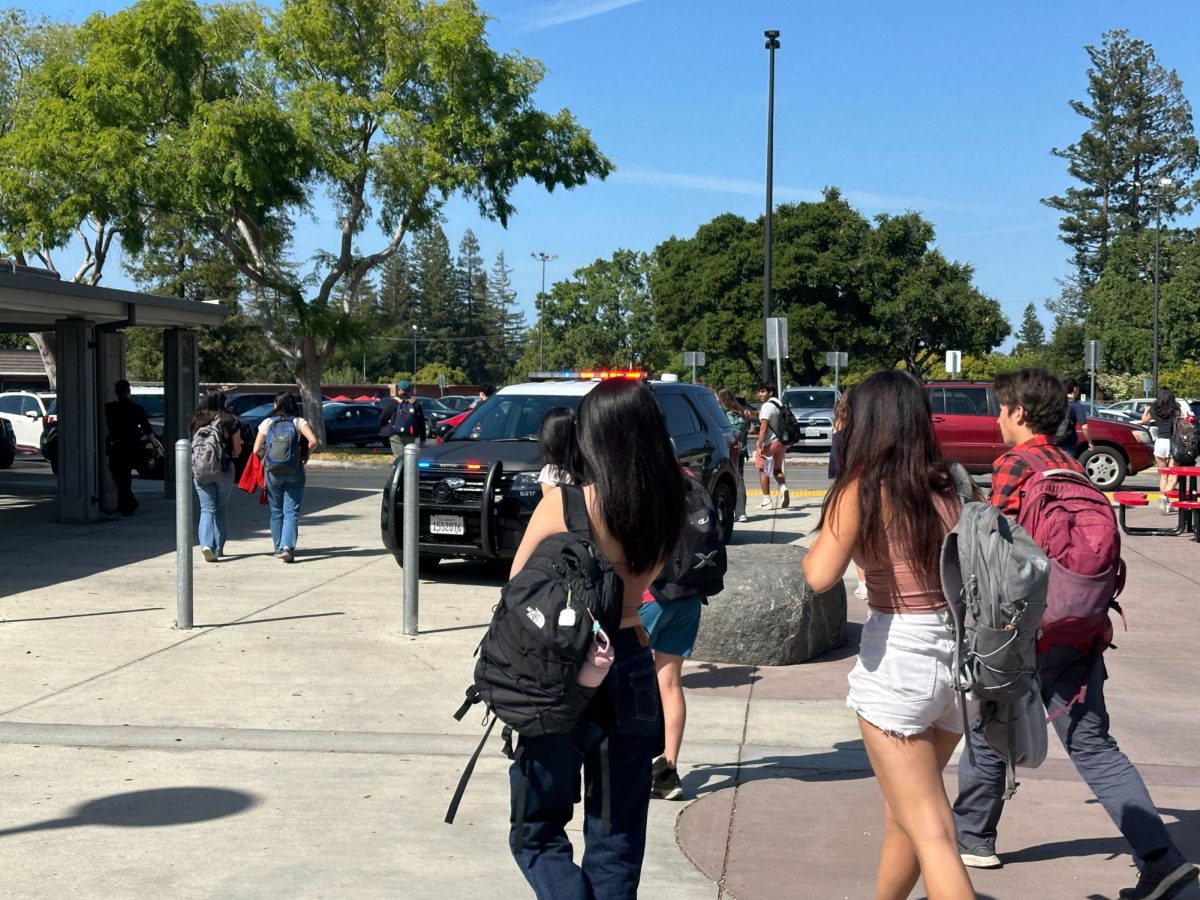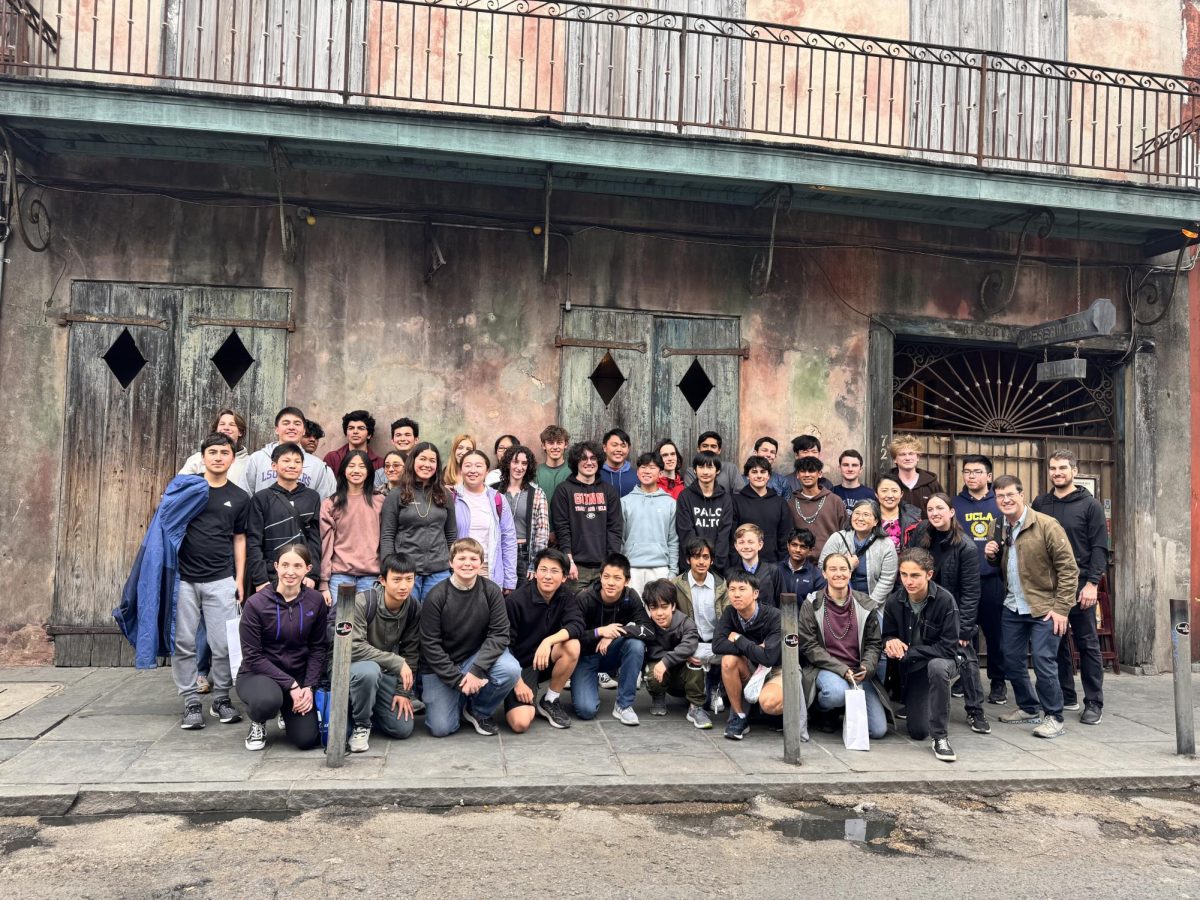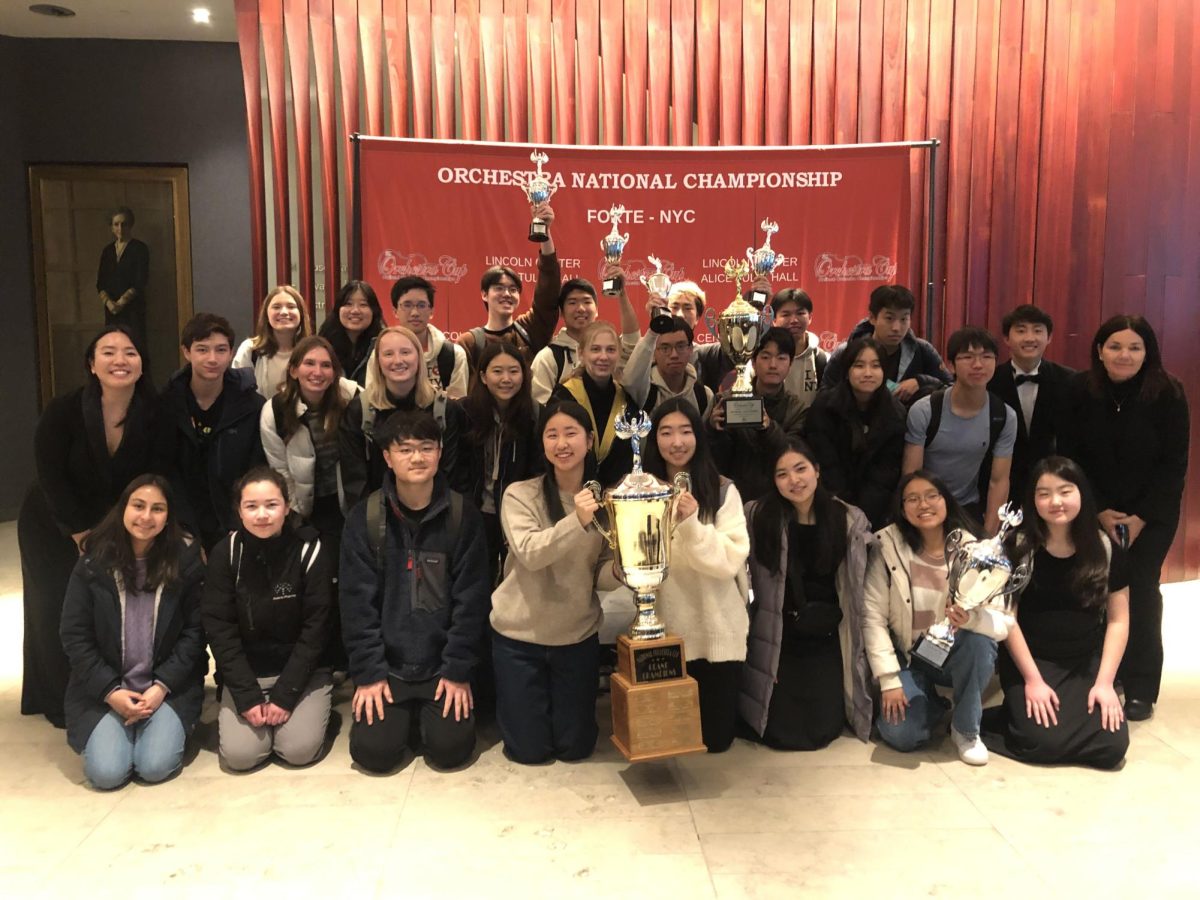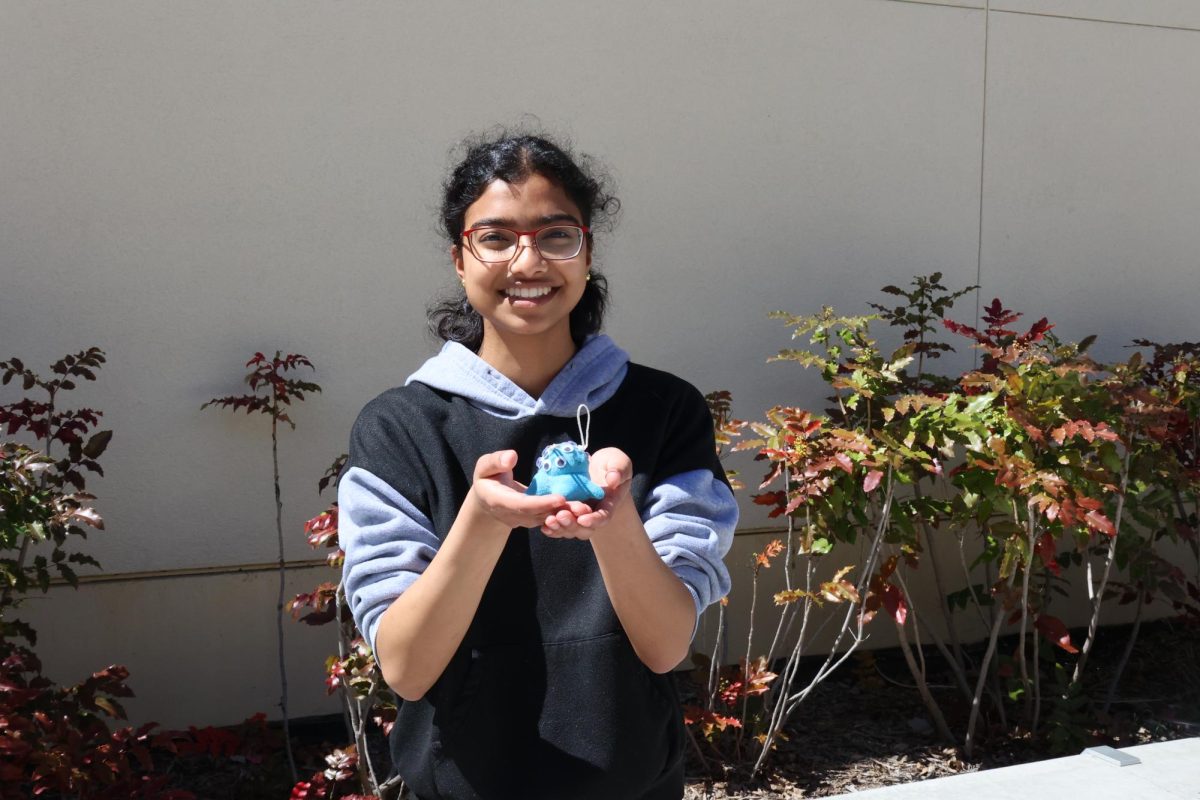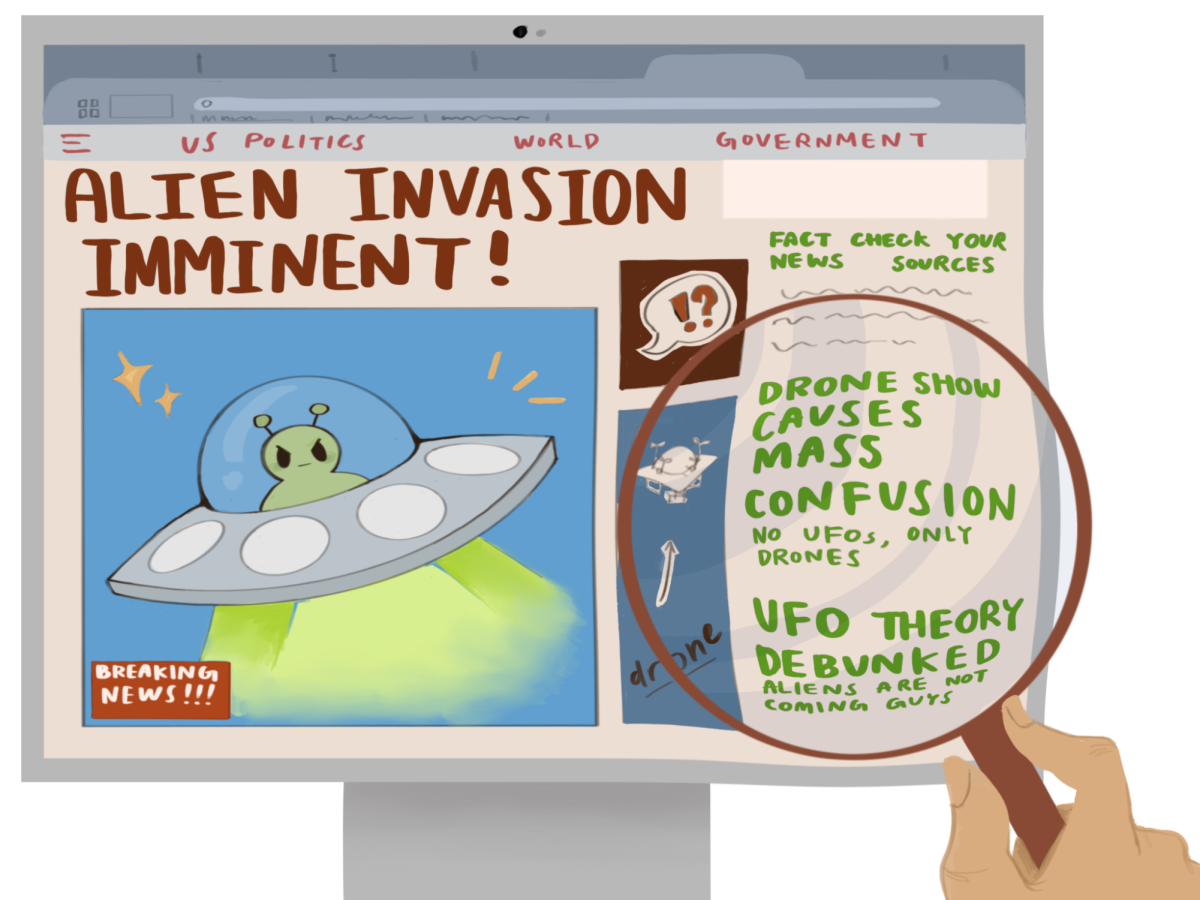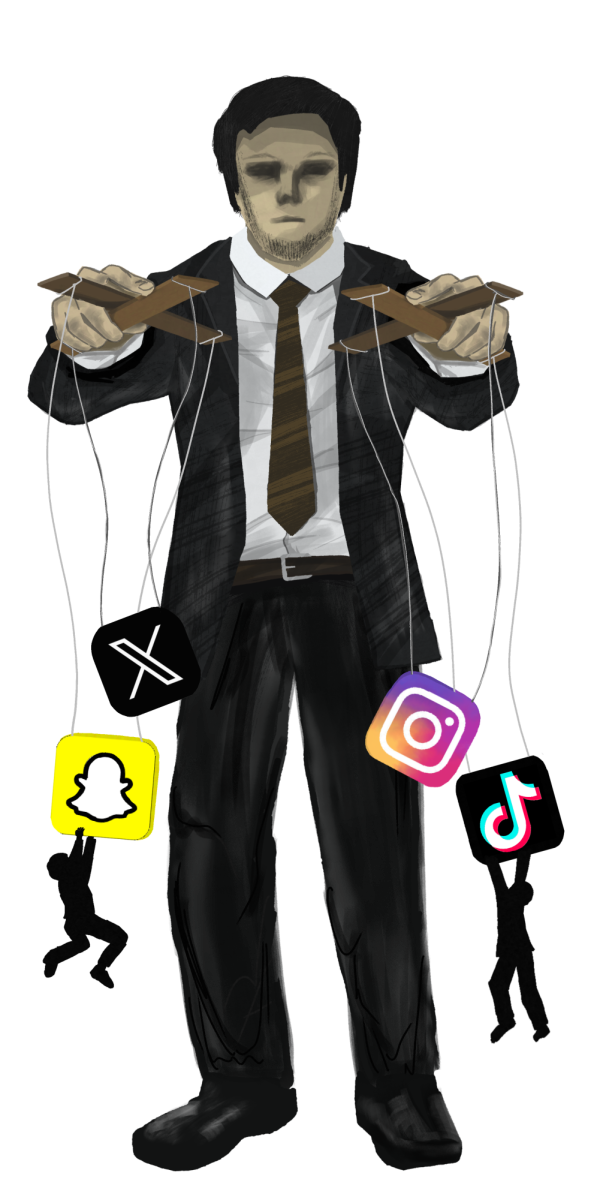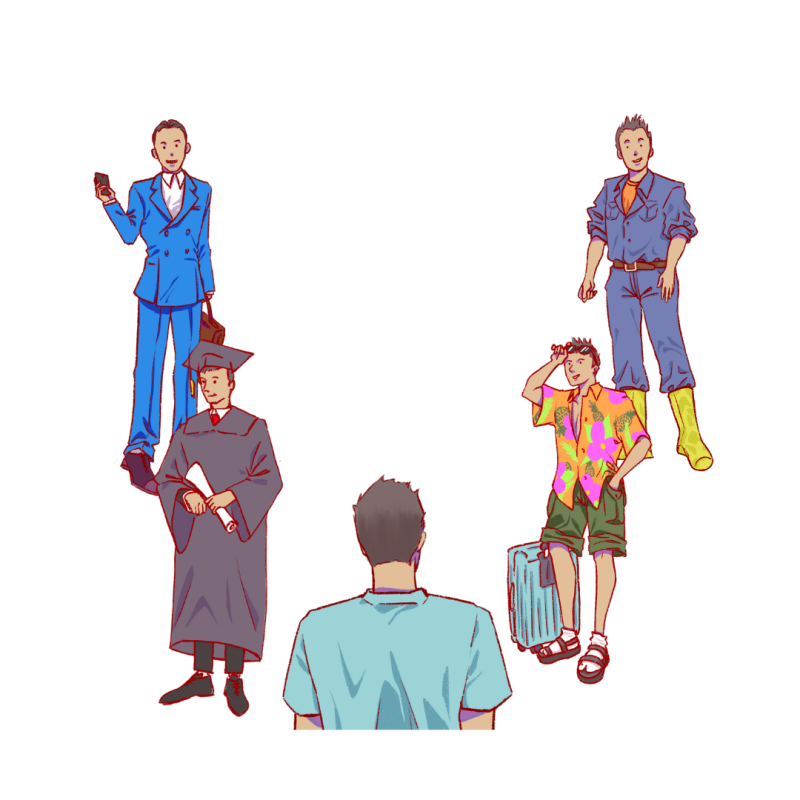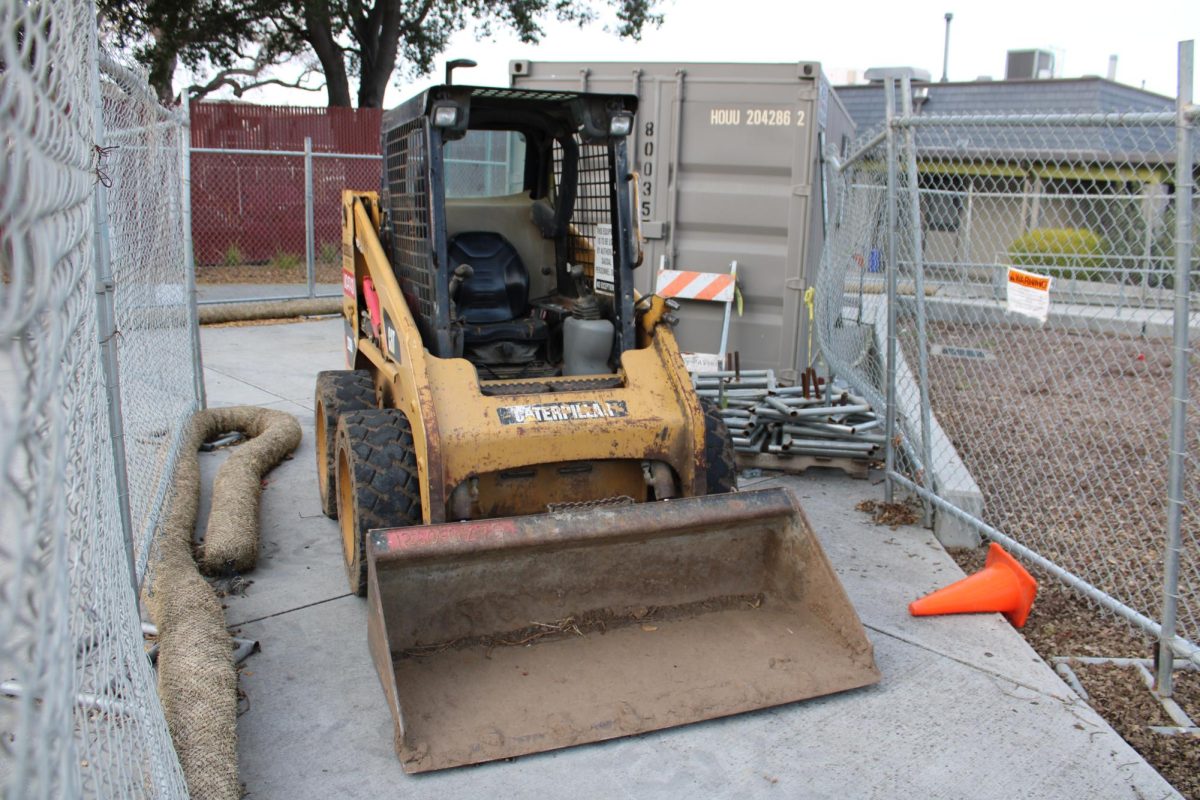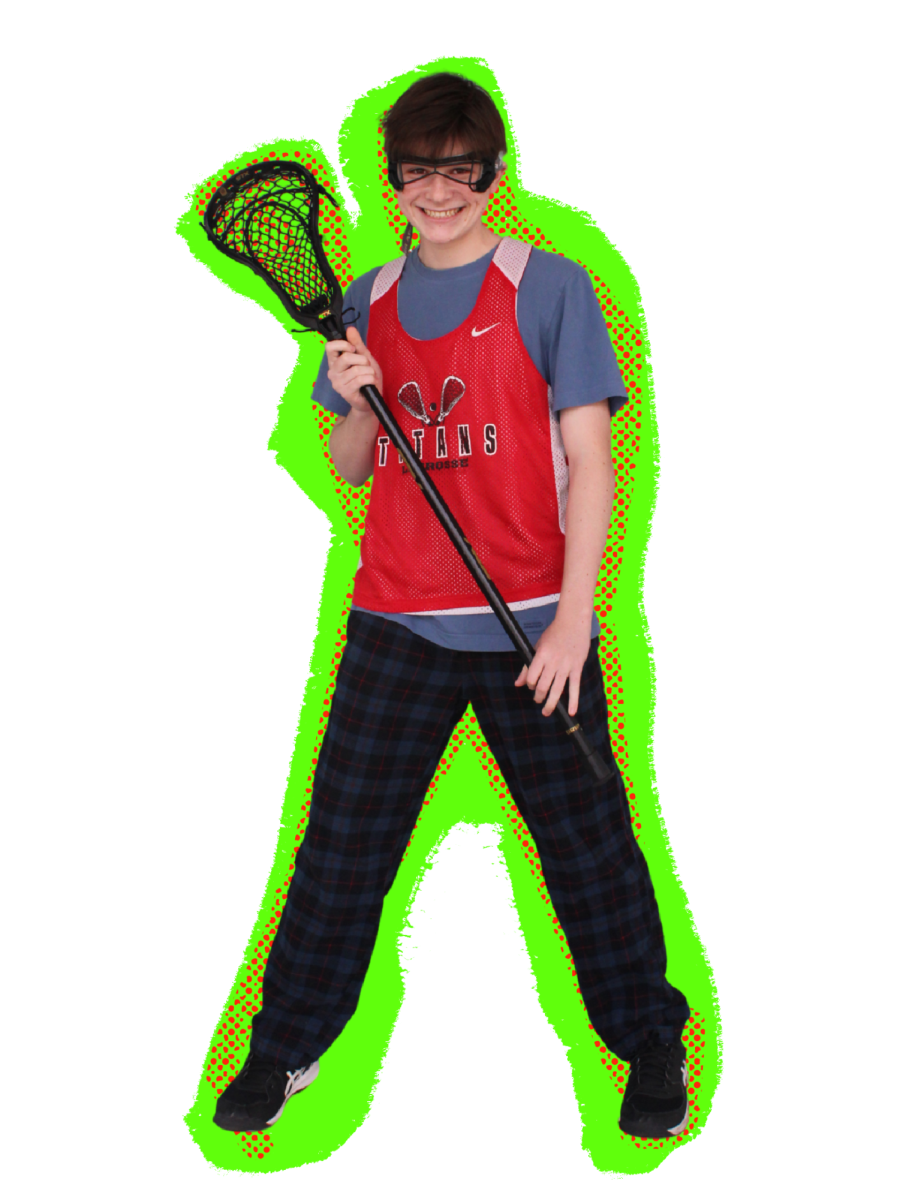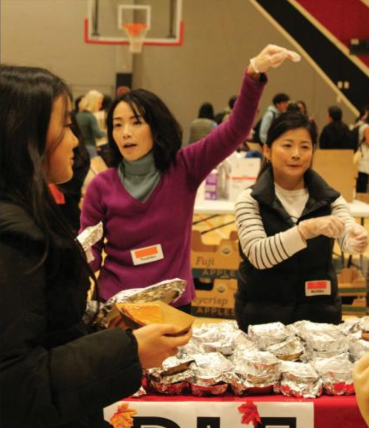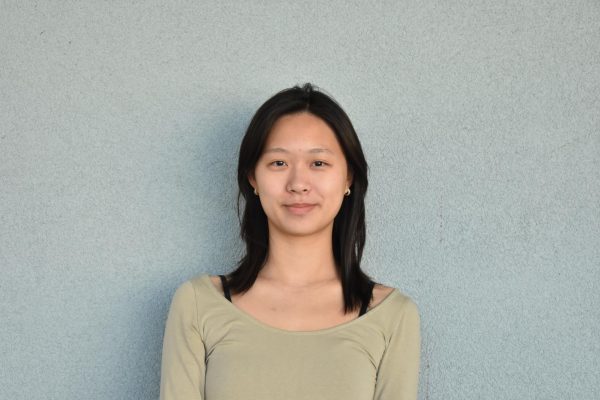Downtown Palo Alto
On July 6, 1925, the historic town of Mayfield — along with California Avenue — was incorporated into Palo Alto, and the region later became known as Palo Alto’s “second downtown.” Downtown Palo Alto encompasses iconic locations such as the retro Palo Alto Creamery Fountain & Grill — formerly known as the Peninsula Creamery — the Museum of American Heritage Williams House and the Hewlett-Packard House and Garage, where tech giant HP was founded in 1939.
South Palo Alto
South Palo Alto is home to residential areas and community centers, ranging from Eichler homes built in the 1960s to libraries such as the College Terrace Library and the Mitchell Park Library. Other key locations include the Oshman Family Jewish Community Center and Cubberley Community Center — formerly Cubberley High School, until it was closed in 1979 and later became a shared facility for PAUSD and various organizations and schools. Over the recent years, the south Palo Alto area has been attracting new residents due to its family-friendly, accessible community spaces.
Points East/Baylands Area
In 1921, the City of Palo Alto purchased the John Fletcher Byxbee Recreation area (also known as the Baylands Nature Preserve), named after Stanford alumnus and Palo Alto city engineer Fletcher Byxbee. After the purchase, the 40 acres of the marshland was set to become a recreational area until the 1960s, when citizens advocated for a park instead. Over the years, the City has added the Nature Interpretive Center, Mundy Marsh, Renzel Wetlands and Byxbee Park Hills. Today, the preserve is a space for recreation, providing activities such as interpretive programs, water sports and golf. An area of undisturbed marshland remains.
Stanford Area
In memory of their deceased son, Leland Stanford Jr., Leland and Jane Stanford founded Stanford University in 1885. Their 8,180-acre vineyard and farmland was transformed into the Stanford area, which overlaps the Muwekma Ohlone Tribe territory, and now includes the campus, Sand Hill Road, a portion of El Camino Real, Town & Country Village, Stanford Shopping Center and El Palo Alto Park. After her son’s and husband’s deaths, Jane Stanford continued to support the growth and development of the university area.
University Avenue
Named by Palo Alto co-founder Timothy Hopkins in 1889, University Avenue extends directly to Stanford University’s Palm Drive. Several landmark buildings remain, including the Squire House, the Forbes Residence and the Stanford Theater — an architectural treasure known for its iconic marquee and lavish vintage furnishings. Over the years, businesses have been continuously established on University Avenue, and it continues to be an emblem of Palo Alto and its culture.
Lucie Stern Community Center area
Levi Strauss’ widowed wife and heiress Lucie Stern, also known as Palo Alto’s fairy godmother, established and financed community-center building projects nestled in the area north of Old Palo Alto in the corner between the intersection of Embarcadero Road and Middlefield Road. These include the Lucie Stern Community Center, Children’s Theater, Children’s Library and Palo Alto Junior Museum & Zoo. Other locations in the area include the Palo Alto Art Center — originally the City Hall — Christmas Tree Lane on Fulton Street, Duveneck Elementary School and the Rinconada Pool. The community-center area offers a place for families and friends to enjoy both educational and extracurricular activities.








